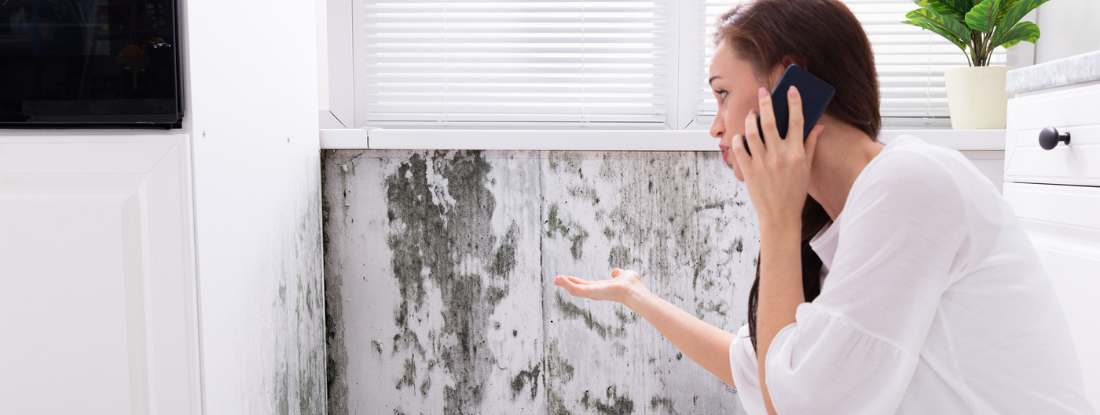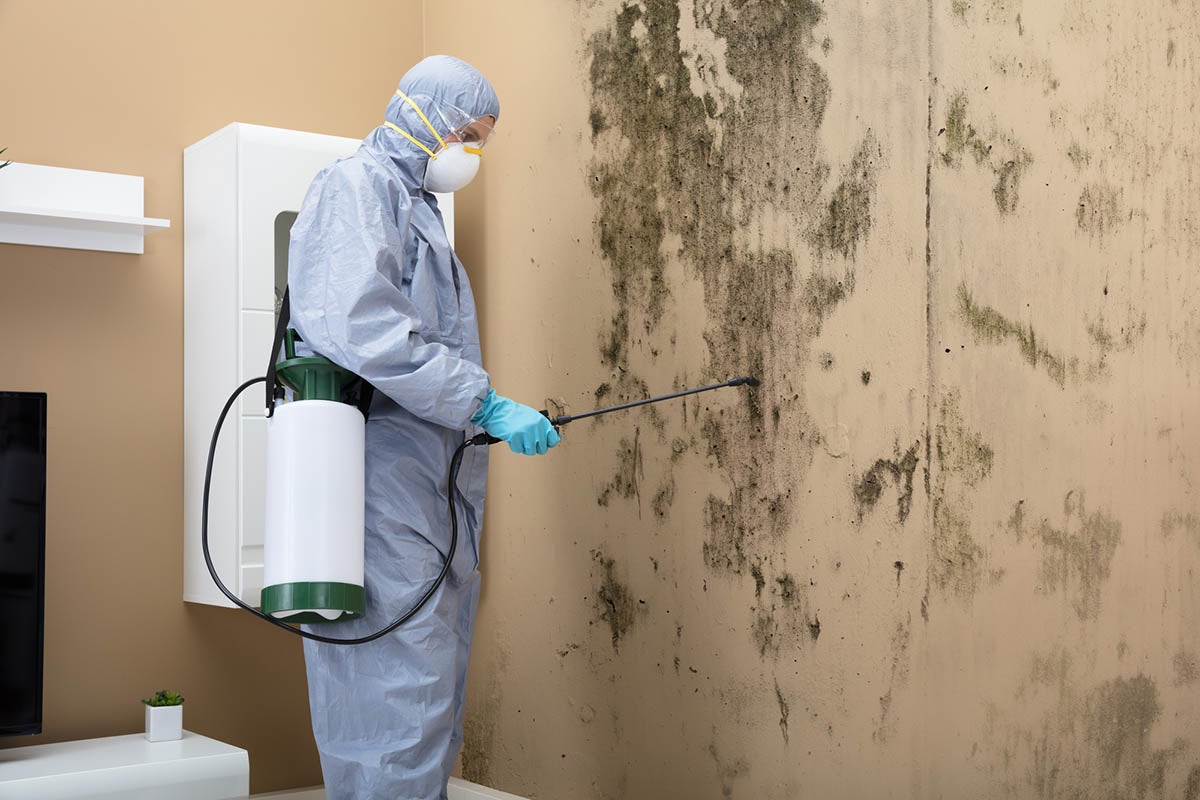Ensuring Post Remediation Verification Accuracy
Ensuring Post Remediation Verification Accuracy
Blog Article
Your Ultimate Guide to Blog Post Mold Remediation Strategies
Navigating the realm of post-mold removal techniques is a careful procedure that demands focus to information and an extensive understanding of the complexities involved. In the consequences of mold and mildew problem, knowing how to effectively remove the mold and avoid its reoccurrence is critical for keeping a healthy interior environment. From picking the ideal cleansing and decontaminating approaches to executing techniques for lasting mold prevention, each action in the removal trip plays a vital duty in guaranteeing a successful outcome. As we embark on this exploration of post-mold remediation strategies, we will certainly discover the vital strategies and best methods that can aid you restore your area to its pre-mold problem and protect it versus future mold and mildew hazards.
Understanding Post-Mold Removal Process
After finishing the mold remediation procedure, it is crucial to understand the post-mold remediation techniques that are required to guarantee a thorough and reliable cleaning. As soon as the mold has been removed, the following action includes cleansing and decontaminating the affected areas to stop any type of regrowth of mold. This includes using specialized cleansing representatives to clean down surfaces and eliminate any kind of staying mold spores. It is important to dry out the area totally to dissuade the growth of mold in the future (Post remediation mold testing near me). Appropriate air flow and dehumidification can assist in this procedure.
Moreover, conducting a last inspection post-remediation is crucial to ensure that all mold has actually been successfully gotten rid of. This evaluation must involve a complete visual check in addition to possibly air sampling to validate the lack of mold and mildew spores in the air. If the assessment discloses any type of remaining mold and mildew, additional remediation might be essential. Lastly, informing occupants on preventative steps such as regulating moisture degrees and quickly attending to any type of water leakages can help maintain a mold-free setting.
Efficient Cleaning Up and Disinfecting Techniques

Protecting Against Future Mold Development

Importance of Correct Air Flow
Appropriate air flow plays an important duty in preventing moisture build-up, a crucial variable in mold and mildew development within indoor environments. Reliable ventilation systems aid remove excess moisture from the air, decreasing the opportunities of mold spores locating the moisture they need to sprout and spread. Without sufficient air flow, interior spaces can come to be a breeding ground for mold and mildew, resulting in possible health dangers and architectural damages.
By guaranteeing appropriate air blood circulation, ventilation systems can likewise aid in drying out moist locations more rapidly after water damages or flooding incidents, additionally hindering mold growth. After mold remediation. In areas like washrooms, attics, kitchens, and basements where dampness degrees tend to be higher, mounting and maintaining efficient ventilation systems is essential in stopping mold invasions

Surveillance and Maintenance Tips
Provided the essential function that appropriate air flow plays in preventing mold and mildew development, it is important to develop efficient surveillance and upkeep pointers to ensure the continued functionality of air flow systems. Routine examinations of air flow systems should be conducted to look for any type of indications of obstructions, leaks, or malfunctions that could hamper appropriate air flow. Tracking humidity levels within the residential property is also essential, why not try these out as high moisture can contribute to mold growth. Mounting a hygrometer can aid track moisture levels and sharp homeowners to any spikes that might call for interest. Furthermore, guaranteeing that air filters are on a regular basis cleaned up or replaced is essential for keeping the performance of the ventilation system. Executing a schedule for regular maintenance jobs, such as air duct cleaning and HVAC system examinations, can assist avoid concerns before they escalate. By remaining alert and proactive to the problem of ventilation systems, residential or commercial property proprietors can successfully reduce the threat of mold and mildew regrowth and maintain a healthy and balanced indoor setting.
Conclusion
Finally, post-mold remediation strategies are essential for guaranteeing a secure and tidy setting. Recognizing the process, implementing effective cleaning and disinfecting methods, avoiding future mold growth, maintaining proper air flow, and normal surveillance are all crucial steps in the removal procedure. By adhering to these standards, you can efficiently get rid of mold and mildew and stop its return, advertising a healthy and balanced living or functioning room for all owners.
In the results of mold and mildew invasion, knowing how to effectively get rid of the mold and mildew and avoid its reoccurrence is critical for maintaining a healthy and balanced indoor environment. As soon as the mold has been gotten rid of, the following step entails cleaning and disinfecting the influenced locations to check over here avoid any type of regrowth of mold - what to do after mold remediation. After eliminating visible mold and mildew growth, it is vital to clean all surface areas in the affected location to eliminate any kind of remaining mold spores. To additionally enhance mold and mildew prevention procedures, it is important to address underlying concerns that initially led to mold and mildew development.Provided the essential role that appropriate air flow plays in avoiding mold and mildew development, it is crucial to establish efficient surveillance and upkeep suggestions to make sure the ongoing functionality of ventilation systems
Report this page